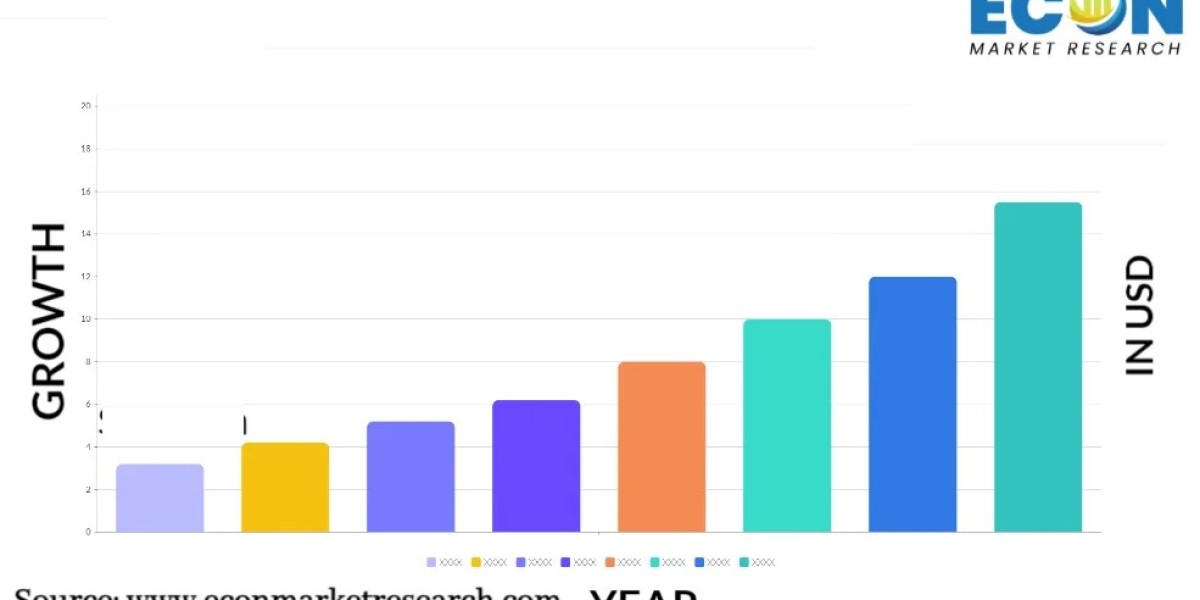Focused Ion Beam (FIB) technology is an advanced technique that uses a concentrated ion stream—commonly gallium ions—to alter, analyze, and manipulate surfaces at the micro- and nanoscale. Initially developed for the semiconductor industry, FIB has expanded its reach to materials science, life sciences, and more recently, nanotechnology applications. Unlike traditional methods, FIB allows for direct material removal and deposition with remarkable accuracy, making it indispensable for industries where high-resolution imaging, fine etching, and micro-fabrication are essential. This precision has made FIB a foundational tool for researchers and engineers aiming to push the boundaries of what’s possible at incredibly small scales.
The Science Behind FIB: How Ions Create Precision Cuts and Deposits
The fundamental working principle of FIB lies in the generation of high-energy ions that are accelerated toward a sample’s surface. Gallium is the most commonly used ion source due to its efficient sputtering properties. When these ions strike a material, they dislodge atoms, effectively etching the surface. FIB can also facilitate deposition by introducing gases into the system, which interact with the ion beam to create precise patterns on the sample. This dual capability for material addition and subtraction makes FIB an unparalleled choice for creating intricate micro- and nanostructures. Additionally, FIB is compatible with various materials, from hard metals to biological tissues, allowing it to support a wide range of scientific explorations.
Applications in Semiconductor Manufacturing: Enhancing Design and Testing of Microchips
In the semiconductor industry, FIB has become a key tool for both manufacturing and quality assurance. As microchips and integrated circuits grow smaller and more complex, FIB allows engineers to perform precise modifications and repairs on circuit pathways without damaging surrounding structures. For instance, FIB can be used to make nanoscale cuts to isolate circuit elements or to deposit conductive material that repairs or enhances connections. This precise manipulation supports prototyping and testing of new designs, speeding up the development of next-generation electronics. Additionally, FIB is crucial for failure analysis, allowing engineers to pinpoint issues within complex chip architectures, thereby improving reliability and extending the lifespan of semiconductor devices.
Role of FIB in Materials Science: Unlocking the Secrets of Structural Properties
In materials science, FIB technology has revolutionized the way scientists examine and manipulate material properties at a fundamental level. One of the most significant applications is in the preparation of Transmission Electron Microscope (TEM) samples, where FIB is used to create ultra-thin slices—known as lamellae—that reveal a material’s internal structure. This technique has been instrumental in studying advanced materials, such as composites and nanomaterials, where understanding internal composition and defects is critical. FIB also allows for 3D imaging by serial sectioning, which provides insights into the spatial arrangement of features within a material. This capability is vital for fields like metallurgy, polymer science, and even the development of new materials for energy storage.
FIB in Biological Research: Exploring Life at the Cellular Level
Though traditionally used in materials science, FIB has made inroads into biological research due to its ability to prepare ultra-thin sections of biological specimens without compromising their integrity. Paired with cryo-techniques, FIB enables researchers to prepare samples at very low temperatures, preserving the natural state of tissues and cells. Scientists can then use these sections to create 3D reconstructions of cellular structures, providing valuable insights into the arrangement and function of organelles. This technique is especially important in structural biology, where it aids in examining protein complexes and other subcellular features that contribute to our understanding of diseases and cellular function. The precision of FIB is also valuable in neuroscience, where it allows for highly detailed study of neural tissue architecture.
Dual-Beam FIB/SEM Systems: Integrating Imaging and Modification in One Platform
One of the major advancements in FIB technology is the integration of Focused Ion Beam with Scanning Electron Microscopy (SEM) in a dual-beam system. This combined approach offers the benefits of both FIB milling and SEM imaging, enabling researchers to conduct high-resolution imaging while simultaneously modifying the sample. Dual-beam systems are particularly valuable for iterative processes, such as micro-fabrication or failure analysis, where scientists need to monitor the effects of FIB manipulation in real-time. The dual-beam setup has transformed FIB’s role, making it a powerful tool for applications that require both precise modification and high-quality imaging, from electronics to structural biology.
Gas-Assisted Deposition and Etching: Expanding FIB’s Capabilities
Gas-assisted etching and deposition enhance FIB’s functionality by enabling selective material removal or addition through the introduction of specific gases. For example, in gas-assisted etching, reactive gases interact with the ion beam to increase etching efficiency or to target specific materials within a multi-layered sample. Gas-assisted deposition, on the other hand, involves introducing gases like platinum or tungsten that, when combined with FIB, create controlled deposits on the sample. These capabilities allow for reinforced microstructures, circuit modifications, or the creation of protective layers. This advanced feature is particularly beneficial in fields where controlled material alteration and deposition are required, making FIB a versatile tool for both additive and subtractive processing.
Limitations and Challenges in FIB: Beam Damage and Sensitivity Concerns
While FIB is a versatile and precise tool, it does present challenges, particularly in relation to beam-induced damage. The high-energy ion beam can cause localized heating or even physical damage to sensitive materials, especially in soft or biological specimens. This damage can alter sample properties, potentially impacting the accuracy of analysis. To mitigate these effects, researchers use low-energy milling or cryogenic conditions to reduce thermal and physical stress. Furthermore, recent developments in ion sources—such as helium and neon ion beams—offer lower energy alternatives that minimize damage, making FIB accessible to an even broader range of materials and applications.
Future of FIB: Innovations in Precision, Automation, and Broader Applications
The future of FIB technology is geared towards increasing precision, integrating automation, and expanding into new fields. Ion sources are continually improving, with alternative ions such as neon providing finer control with less impact on sensitive materials. Automated FIB systems are being developed to handle repetitive tasks, which is particularly useful in semiconductor manufacturing where high-throughput, consistent quality is essential. Additionally, the growing demand in fields like nanophotonics, quantum computing, and battery technology is driving innovation in FIB applications, as these industries require extreme precision in creating and analyzing nanostructures. AI integration is also on the horizon, potentially enabling FIB systems to make real-time adjustments based on complex datasets, paving the way for smarter, more adaptive FIB technology.












